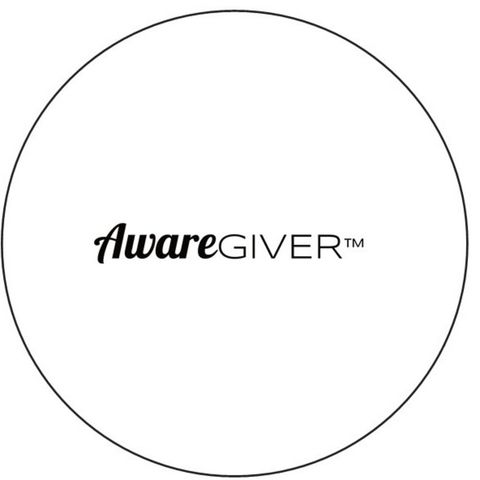17 OCT. 2021 · An international consortium involving hundreds of scientists has unveiled highly detailed maps of the brain area that controls movement.
The maps reveal the location, function and appearance of more than 100 cell types found in the motor cortex in mice, marmoset monkeys, and people, the scientists report in 17 studies that appear in the journal Nature.
The research is expected to help researchers develop better animal models of human brain diseases like Alzheimer's and ALS. The scientific findings also provide evidence that some cells thought to be vulnerable to these diseases are different in humans than in animals.
"In order to understand how things go wrong, we need to understand what the basic principles are to begin with," says John Ngai, director of the National Institutes of Health BRAIN initiative, which played a central role in organizing and funding the project.
The massive effort, which required research teams from many different labs and institutions to work together, represents "a new way of doing science," says Ed Lein, a senior investigator at the Allen Institute for Brain Science in Seattle who is part of the consortium.
A parts list for the brain
The project is part of the BRAIN initiative's Cell Census Network, which launched a $250 million effort to create a "parts list" for human and animal brains in 2017. Ultimately, more than 250 scientists on three continents would get involved.
"Some problems are so large and complex that it really does require not just a village, but a city," Ngai says.
The first step was to conduct an exhaustive inventory of the types of cells in human and animal brains, says Hongkui Zeng, director of the Allen Institute for Brain Science.
"To understand how the system works, you first need to obtain a parts list of that system, be it a car, a computer or a brain," Zeng says.
So teams of scientists classified individual cells by studying their genes, shape, electrical properties and connections. The result was a list that included 14 major categories of cells and more than 100 different types.
The next step was to create a map for each species, showing where these parts are found in the motor cortex. Ultimately, the project intends to chart the entire brain.
"Generating a map for the motor cortex is really the first step towards that goal," Zeng says.
A complete map will help scientists understand how cells in different brain areas "work together to carry out a particular function or behavior, like moving your arm," Zeng says.
Already, the project has showcased some of the innovations scientists will need to reach that goal. One involves finding a way to study human brain tissue that is still alive.
Shuttling samples from brain surgery to the lab
Several labs in the consortium arranged with local hospitals to obtain healthy brain tissue removed by surgeons in order to reach a tumor or other diseased area.
"This turns out to be rather healthy tissue that can be used in live experiments to understand the properties of cells," Lein says.
By quickly transporting brain tissue from the operating room to the lab, scientists were able to compare living human brain cells with the living cells found in monkeys and mice.
Overall, the cells are remarkably similar, Lein says. "However, when you get down to the finer levels, you begin to see some differences."
For example, mice have very few brain cells in the motor cortex that are able to make long-distance connections.

Stained neurons shown in a slice of brain tissue donated by a brain surgery patient.
Allen Institute for Brain Science
"In humans, as the brain has gotten bigger, as the cortex has gotten bigger, you have more cells that connect across the cortex," Lein says. "And some of these seem to be selectively vulnerable in Alzheimer's disease."
Lein says that sort of discovery could help explain why drugs that cure Alzheimer's in mice haven't worked in people.
Another finding was that humans have a different version of an enormous neuron that degenerates in Lou Gehrig's disease, or amyotrophic lateral sclerosis.
Those findings were a direct result of having so many scientists agree to work closely together, and share what they found," Lein says, instead of keeping research to themselves until it is published.
"I hope that this is sort of a model for the future because this type of work really is much more open and accelerates science dramatically," Lein says.


